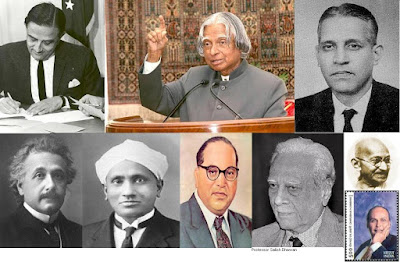Great Indian Scientists

from the past history india country INDIA is called as THE GREAT INDIA because it is a great country. we can say because that the total number of the things that you can say about india is very less because is having more different kind of thinking people that are present in the country which has the capability to find for the innovative Now currently india is not finding this kind of positive results from the country in INDIA because of the developing nation and most of the people are trying to move into the foreign countries as the technology and the availabilities are considered to be very less and no proper encouragement is present in the present youth and the people who are having more knowledge. So the indian market is getting down. after the change in the government in INDIA there are some of the changes may be this will help the indian citizens in a positive manner and make the things in different manner.this helps in creating more opportunities. But the ri
